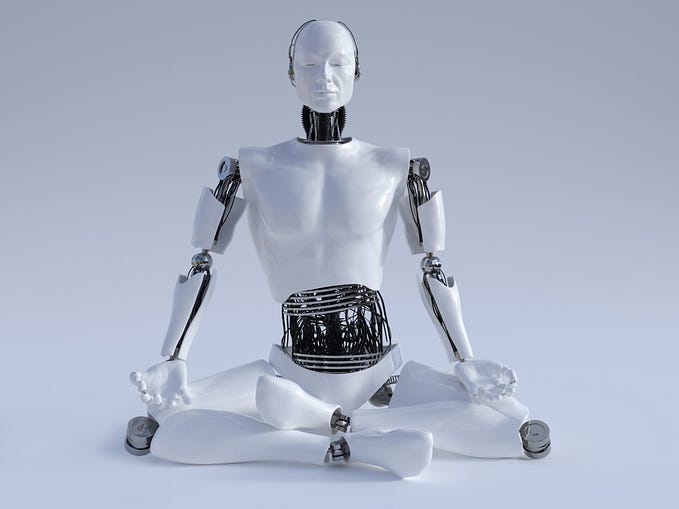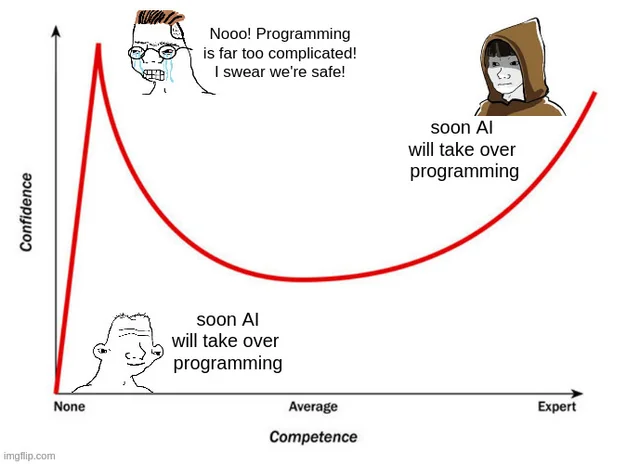
Design is not Science, Art or Engineering
I had a conversation with an old couple in a trip in Seattle.
Couple: So what do you do, Sherry?
Me: I am a product designer.
Couple: Amazing! You are doing artwork!
Me: (warm smile) Not really. I don’t design like an artist. I design product functionality, workflow, and interface to make the product easy for people to use.
Couple: Cool…That sounds like engineering. Do you write code?
Me: (awkward smile) Well, I don’t write code like an engineer…
Maybe this story is showing that I am not good at explaining things (I wish I could have done better) but the confusion of setting design apart from science, arts, and engineering is pretty common to people.
What the hell is design? The following is a list of summaries from some books I read, with my understanding. The bibliography is at the end.
1. Phenomenon of Study
Science: the natural world
Arts: human experience
Design: the artificial world
2. Appropriate Methods
Science: controlled experiment, classification, analysis
Arts: analogy, metaphor, evaluation
Design: modelling, pattern-formation, synthesis
3. Values
Science: objectivity, rationality, neutrality, and a concern for ’truth’
Arts: subjectivity imagination, commitment, and a concern for ‘justice’
Design: practicality, ingenuity, empathy, and a concern for ‘appropriateness’
4. Essence
Science: finding similarities among things that are different
Arts: finding differences among things that are similar
Design: creating feasible ‘wholes’ from infeasible ‘parts’
Nigel Cross, in his book Designerly Ways of Knowing (2007), says, “Everything we have around us has been designed. Design ability is, in fact, one of the three fundamental dimensions of human intelligence. Design, science, and art form an ‘AND’ not an ‘OR’ relationship to create the incredible human cognitive ability.”
Also, he pointed out that it was easier to contrast science and arts than it was to identify the relevant comparable concepts in design. This could be an indication of the paucity of our language and concepts in Design.
5. Thinking & Doing
Science: verbal-thinking, numerical, literary; pattern recognition, investigate extant forms, analytic
Design: non-verbal thinking, graphical; pattern synthesis, investigate novel forms, constructive
The following citations from Designerly Ways of Knowing (Nigel Cross, 2007) have perfectly stated how design is different from science in terms of its methods and focuses:
“The scientific method is a pattern of problem-solving behavior employed in finding out the nature of what exists, whereas the design method is a pattern of behavior employed in inventing things of value which do not yet exist. Science is analytic; design is constructive.” Gregory, 1966
“The natural sciences are concerned with how things are…Design, on the other hand, is concerned with how things ought to be.” Simon, 1969
“To base design theory on inappropriate paradigms of logic and science is to make a bad mistake. Logic has interests in abstract forms. Science investigates extant forms. Design initiates novel forms.” March, 1976
6. Tackle Problem
Scientists: problem-focused, analysis
Designers: solution-focused, synthesis
Nigel reviewed a study of design behavior that compared the problem-solving strategies of designers with scientists. As a quick summary of the findings:
“The essential difference between these two strategies is that while the scientists focused their attention on discovering the rule, the architects were obsessed with achieving the desired result. The scientists adopted a generally problem-focused strategy and the architects a solution-focused strategy…These experiments suggest that scientists problem-solve by analysis, whereas designers problem-solve by synthesis.”
7. Arts vs. Design
Arts: an expression of human emotions and experience, appreciated for beauty or emotional power
Design: an expression of purpose, solve problems in the real world, appreciated for solving human problems
Design is often misunderstood as Arts. However, they are very different in purpose. Art is an expression of human emotions and experience; it is appreciated for beauty or emotional power. Design is an expression of purpose and is appreciated for solving problems.
In many cases, design outcomes may have an artistic appearance for the need of visually appealing. The role that art is playing here is “applied arts” — the application of arts to make products aesthetically pleasing. This does not change the purpose of design as aesthetic need could be a purpose of design. In this case, the aesthetic expression is addressing people’s needs instead of an individual expression.
8. Engineering vs. Design
Engineering: solve problems between parts and parts in the artificial world
Design: solve problems between human and the artificial world
Engineering or design? Or engineering design? Don’t get more confused. Before design became a profession in industry, engineers were doing the design job which was so-called “engineering design”. Then engineering and design split because the need for design increased and the scope expanded, especially as design becoming human-centered. Now, engineering and design are working side by side with different focuses: engineering solve problems between parts and parts in the artificial world; design solve problems between human and the artificial world.
9. Innovation vs. Design
Innovation: making new tools
Design: use the tools to solve problems in the real world
Is Design the same as innovation? Not necessary. Design addresses itself to the need. Design may result in a new tool or innovation, or use existing tools to serve the needs of problem-solving.
Innovation is not equal to design. A tech or science breakthrough may come out but does not apply to a real use case. It is Design bridging problem and solution, or applying innovation into use.
10. Design vs. Design Thinking
Design: process of determining the function, form or appearance of something, typically by making detailed visualizations or models of it
Design Thinking: using the techniques of design to address challenges that may be outside of the realm of typical design problems
Design and design thinking are so close to each other that they sound confusing to us. Actually, they are different and the difference is very simple and clear: design is a process of doing; design thinking is a way of thinking.
11. Design Purpose
Past: shaping object
Now: shaping behavior
In the past, design played an important role in industrial design and architecture as shaping objects — chairs, cigarette packages, buildings, etc. Now, as an effect of the digital revolution, people are living in a mix of the artificial world and natural world that has been inexorably changing by technology. This raises the need for psychology and sociology in design which leads design into a new role — shaping behavior.
12. Design Education
Past: professional training, vocational
Future: education as a discipline, general education (like sciences and arts)
Before industrial society, there was no design education. In many respects, it was based on apprenticeship. Students worked closely with a master craftsman and learned skills and techniques to complete a task. Therefore, design has been often regarded as a skill.
Since the industrial revolution, the theory and methodology of design have been developed significantly. However, design schools are primarily a preparation for a career, or training for ‘doing and making’ in industry.
Being a big trend already, design education will be the third part of general education, with the two already established areas — sciences and arts. Design will be recognized as a crucial cognitive ability; design education will be a training of “thinking” to solve problems in the real world and will devote more attention to the philosophy and morality of design.

Bibliography
- Nigel Cross, “Designerly Ways of Knowing” (Birkhäuser Architecture, 2007)
2. Shouzhi Wang, “A History of Modern Design” (China Youth Press, 2015)
3. Tim Brown, “Change by Design” (HarperBusiness, 2009)
Thanks for your claps 👏🏻👏🏻👏🏻 if you enjoyed this article! This will help other people find it!
How do you understand Design? Leave your thoughts!







